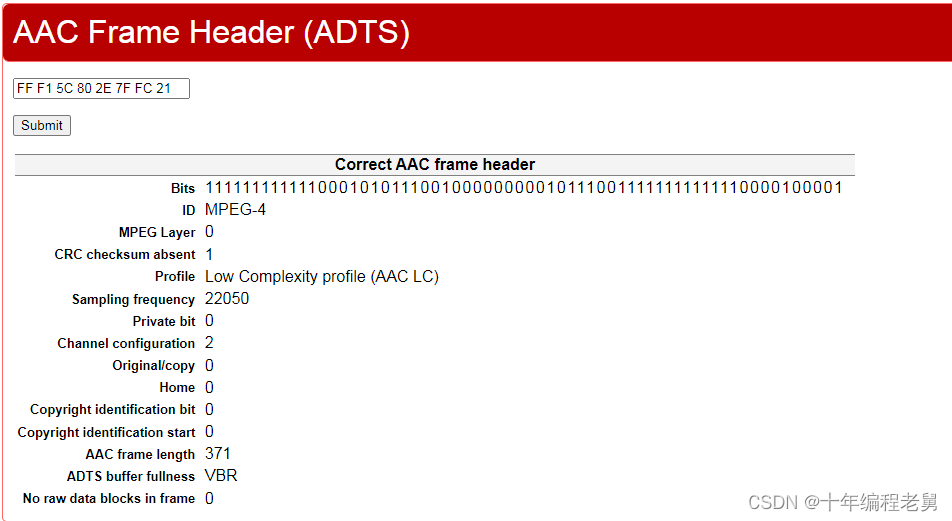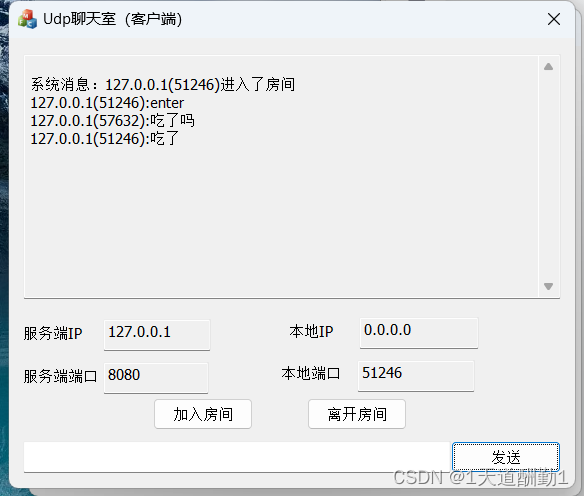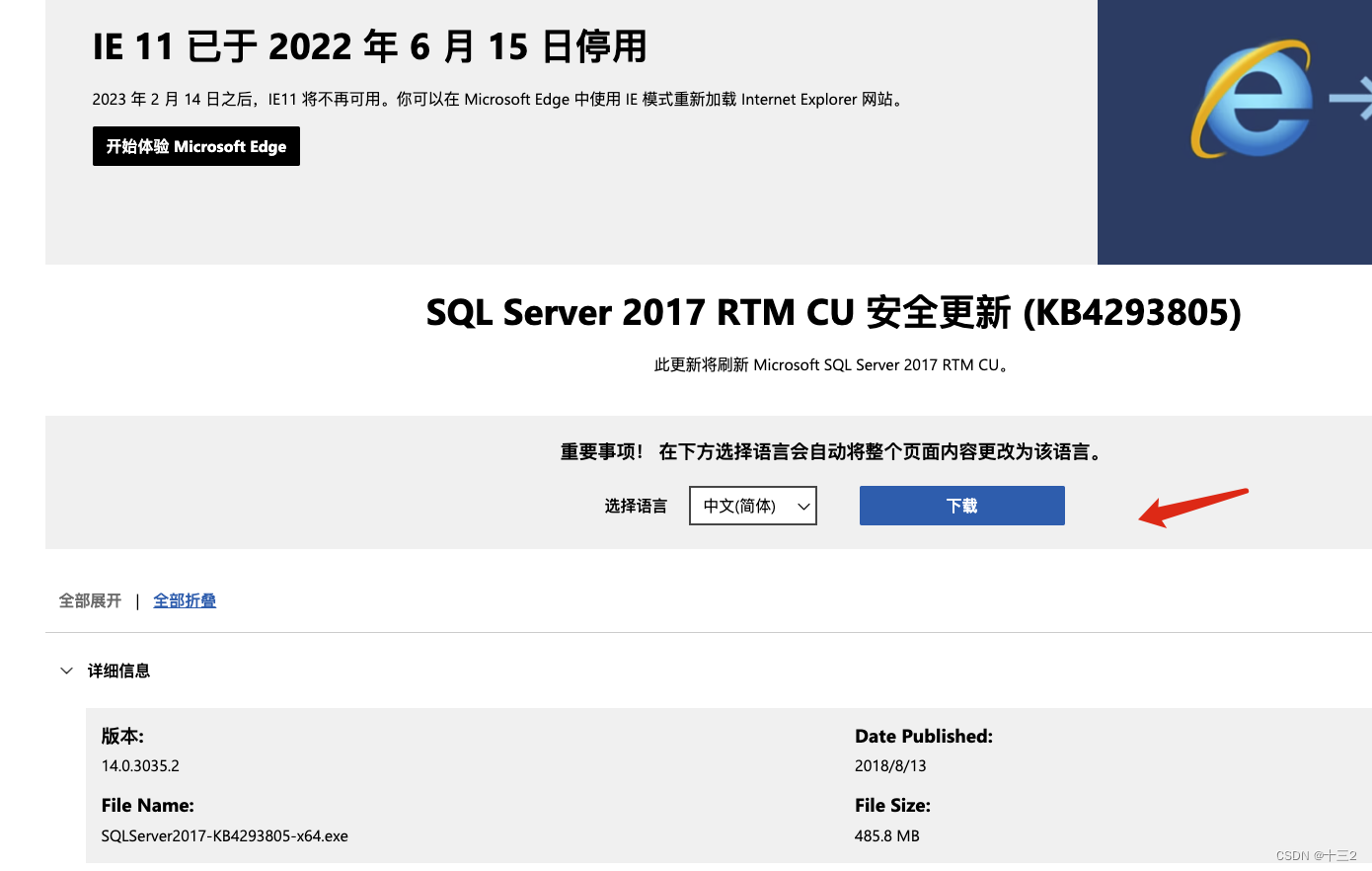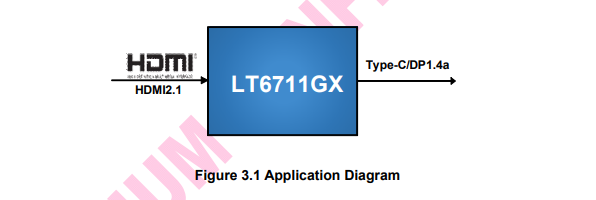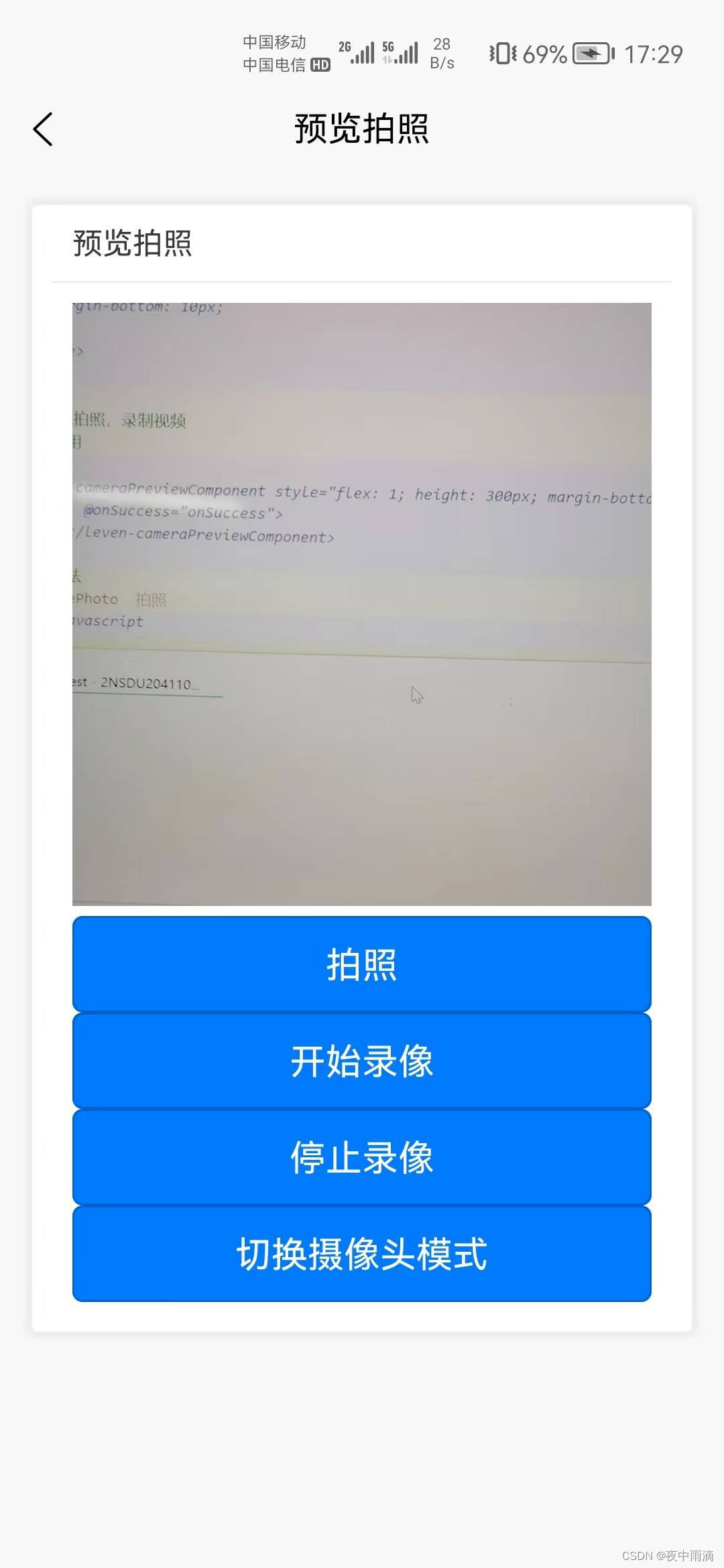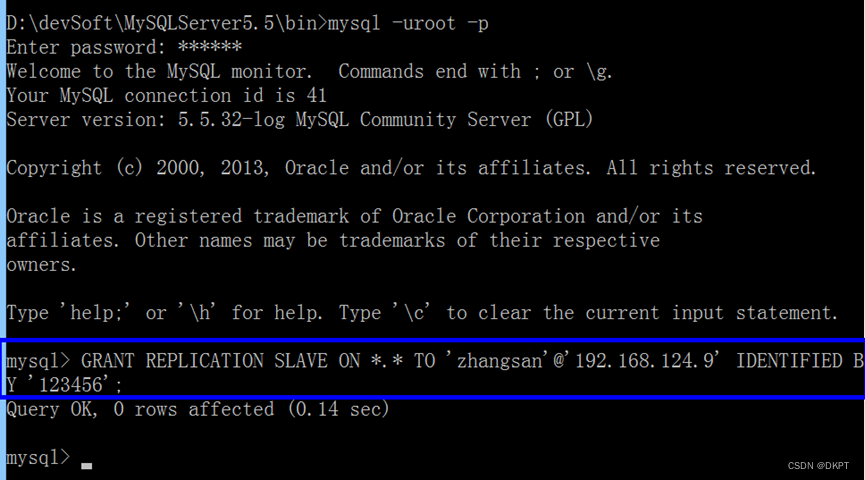ZKP学习笔记
ZK-Learning MOOC课程笔记
Lecture 9: SNARKs based on Linear PCP (Yupeng Zhang)
-
SNARKs learned so far

-
Earliest Implemented SNARKs
- Pros
- Shortest proof size (3 elements [Groth16])
- Fast verifier (bilinear pairing)
- Cons
- FFT and group exponentiations on the prover
- Circuit-specific trusted setup
- Pros
-
History of SNARKs

9.1 Quadratic Arithmetic Program (QAP)
-
Recall: SNARKs for circuit-satisfiability

-
Transcript/trace of Circuit
- Interactive proof (lecture 4, slide 76): value of every gate
- Plonk (lecture 5, slide 42): left input, right input, output of every gate
- QAP: input + output of every multiplication gate
-
QAP
-
Ignore the output of the addition gates

-
Labeling multiplication gates
-
Selector Polynomials
-
l i ( x ) l_i(x) li(x): is c i c_i ci the left input of gate 𝑗, for 𝑗 = 1,2,3?
-
Examples:

For l 1 ( x ) l_1(x) l1(x):
- 3 is the left input of gate 1? Yes! -> 1
- 3 is the left input of gate 2? No! -> 0
- 3 is the left input of gate 3? No! -> 0

For l 3 ( x ) l_3(x) l3(x):
- 1 is the left input of gate 1? No! -> 0
- 1 is the left input of gate 2? No! -> 0
- 1 is the left input of gate 3?
- Yes! -> 1
- Because “1” is the input of the addition gate, and the addition gate is the left input of gate 3

-
-
Properties of the selector polynomials

-
More Selector Polynomials
-
r i ( x ) r_i(x) ri(x): is c i c_i ci the right input of gate 𝑗, for 𝑗 = 1,2,3?

-
o i ( x ) o_i(x) oi(x): is c i c_i ci the output of gate 𝑗, for 𝑗 = 1,2,3?

-
-
Master polynomial

-
Vanishing polynomial

-
-
-
Circuit-SAT to QAP [GGPR13, PGHR13]


- The table is sparse.
9.2 From QAP to SNARK
-
Probabilistically Checkable Proofs (PCP)

-
IPCP [Kalai-Raz’08] and IOP [Ben-Sasson-Chiesa-Spooner’16]

-
Polynomial IOP [Bünz-Fisch-Szepieniec’20]

-
Linear PCP [Ishai-Kushilevitz-Ostrovsky’07]

-
QAP and Linear PCP

- We don’t use random checks.
-
Key Generation
- The c i c_i ci and q ( x ) q(x) q(x) are private
- The selector polynomials and the vanishing polynomial are public.
- The circuit can be pre-processed. (The preprocessing phase is circuit-dependent)

-
Prove

-
Verify

-
Towards the real protocol
-
Q1: How to make sure π 1 \pi_1 π1 is computed from g l i ( τ ) g^{l_i(\tau)} gli(τ)
-
Solution: Knowledge of Exponent assumption (KoE) or Generic Group Model (GGM)
-
Recall: KoE

-
Recall: GGM

-
-
Q2: how to make sure the same c c c is used in π 1 \pi_1 π1, π 2 \pi_2 π2 and π 3 \pi_3 π3?
- Solution

- Solution
-
Q3: What about public input and output?

- I m i d I_{mid} Imid: secret witness
- I i o I_{io} Iio: public input and public output
-
-
Putting everything together

-
Properties of SNARK [PGHR13]

9.3 Other variants
-
Rank-1-Constraint-System (R1CS)
-
QAP

-
R1CS:

- Advantages
- Can support generalized constraints or gates
- more convenient to use in practice
- Matrix View of R1CS

- Advantages
-
-
Groth16

- Combine the
π
3
\pi_3
π3,
π
4
\pi_4
π4,
π
5
\pi_5
π5 of [PGHR13] together
- α \alpha α and β \beta β are secret keys in the trusted key generation, and g α g^\alpha gα and g β g^\beta gβ are public parameters for the prover and the verifier
- π 3 \pi_3 π3: move the Σ i = 1 m c i × o i ( x ) \Sigma_{i=1}^m c_i \times o_i(x) Σi=1mci×oi(x) to the right side of the equation -> Σ i = 1 m c i × o i ( x ) + V ( x ) q ( x ) \Sigma_{i=1}^m c_i \times o_i(x) + V(x)q(x) Σi=1mci×oi(x)+V(x)q(x)
- Change the keygen accordingly
- Proof size: 3 group elements, 144 bytes
- Verifier time: 1 pairing equation
- Combine the
π
3
\pi_3
π3,
π
4
\pi_4
π4,
π
5
\pi_5
π5 of [PGHR13] together
-
Achieving Zero-Knowledge
- The above is not zero-knowledge, because the adversary can infer some information by brute force attack.
- Solution: add some random values (times the vanishing polynomial)
- The [PGHR13] version:

- The [PGHR13] version:





